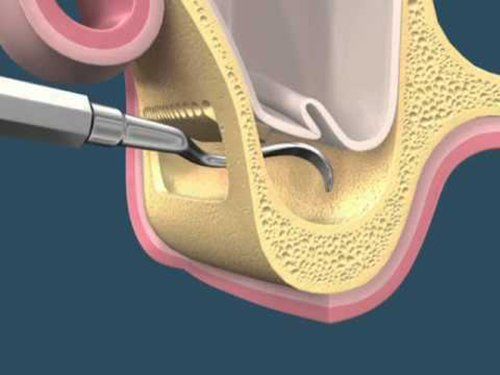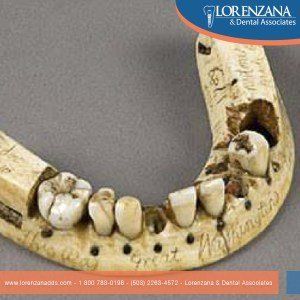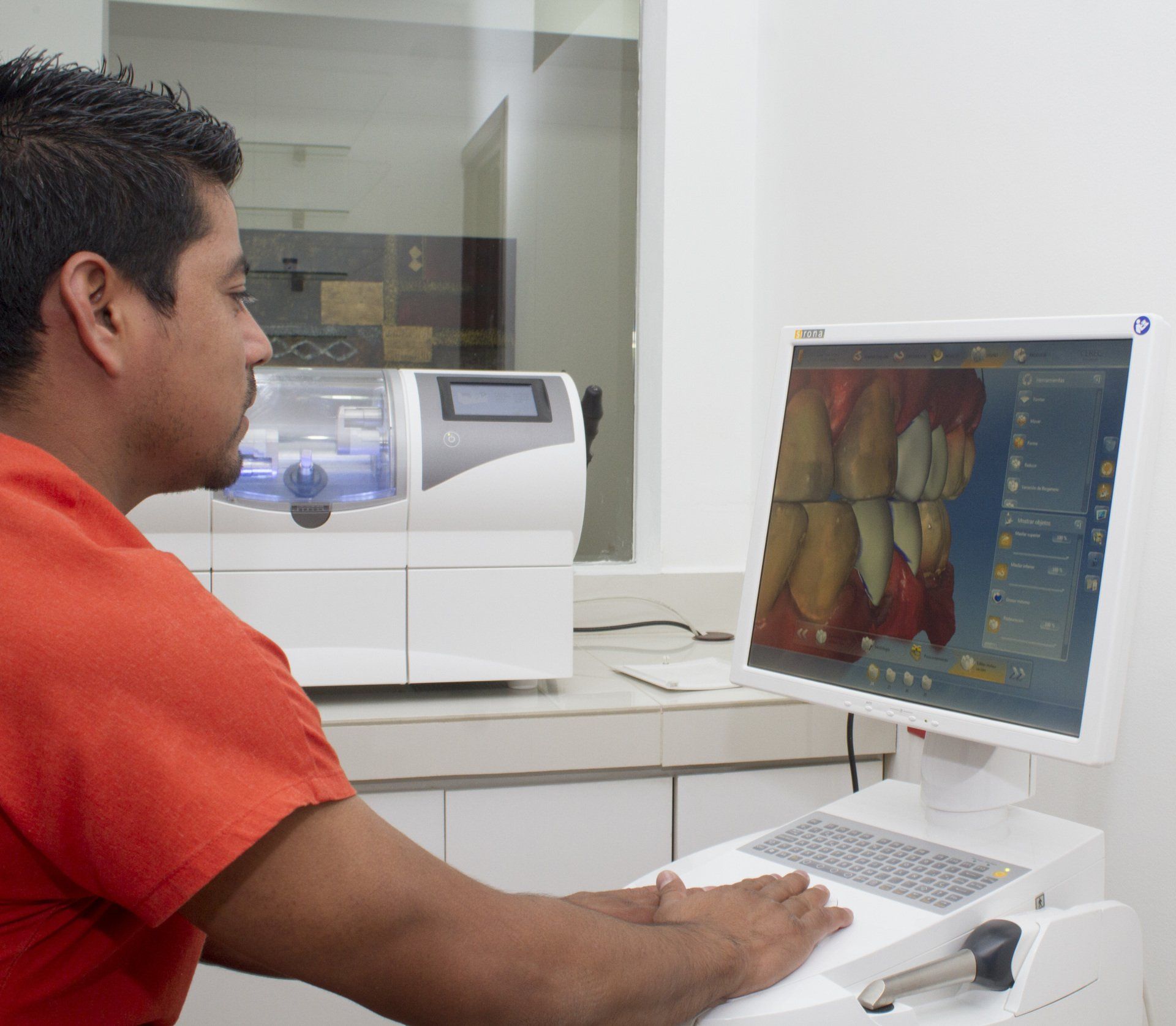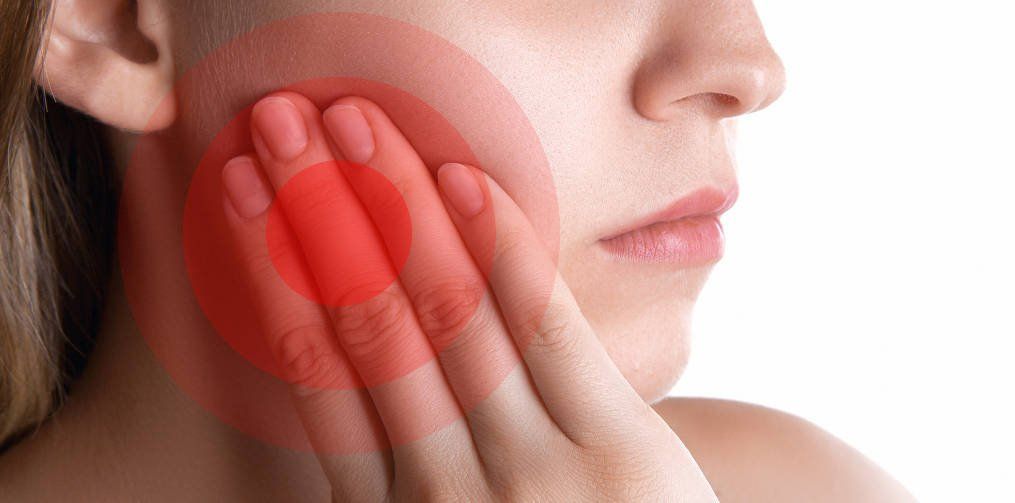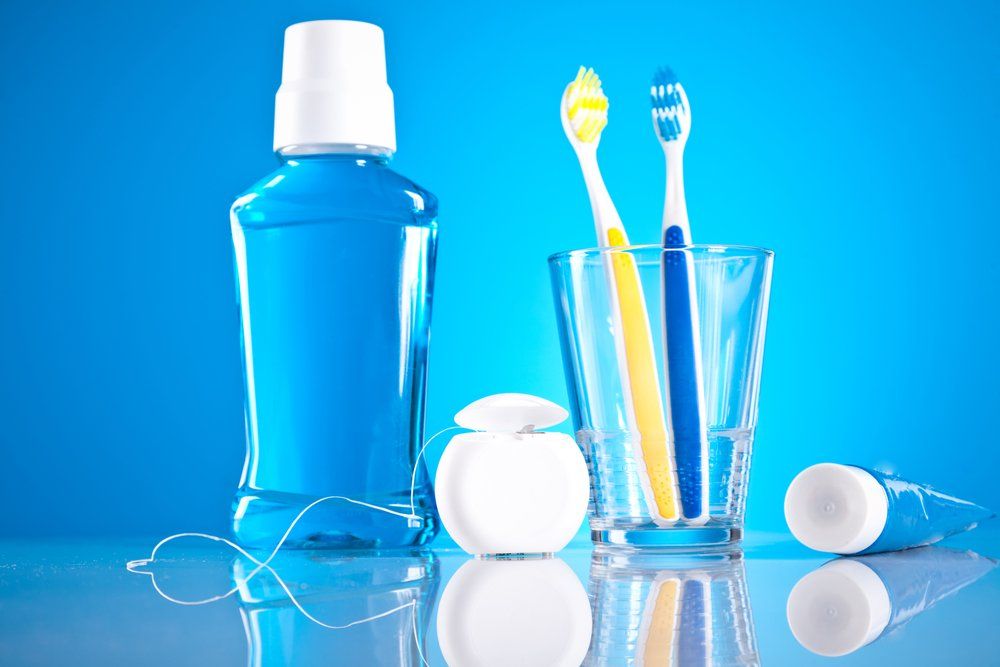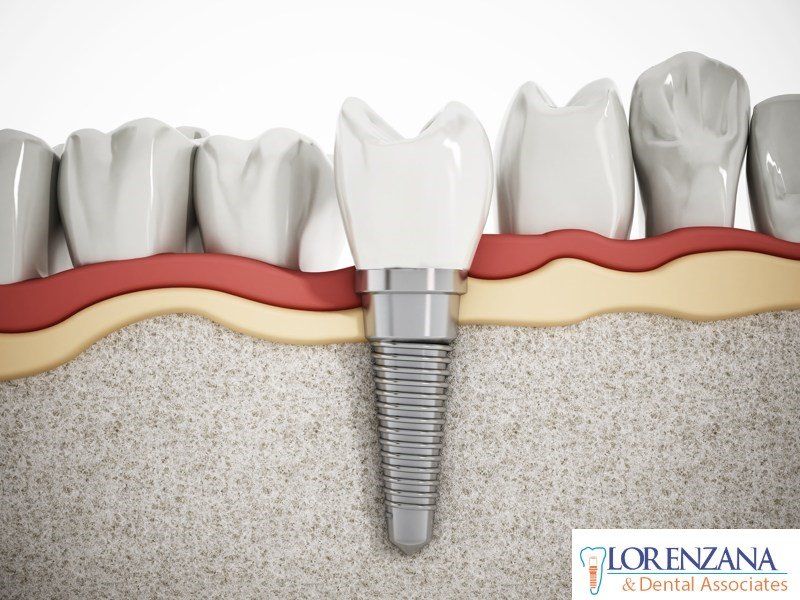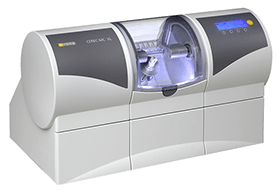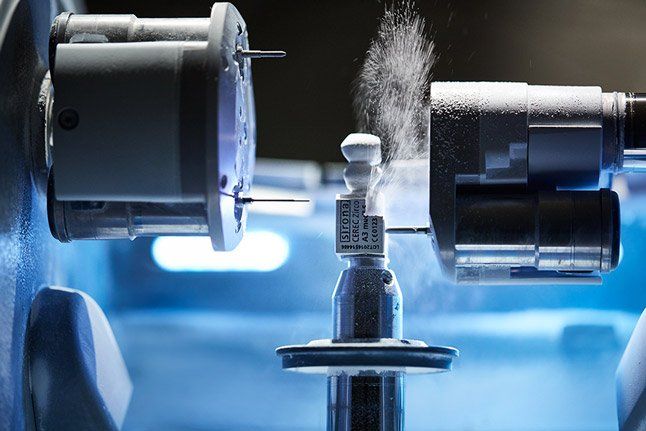Edentulism - Quality of life - Dental Implants
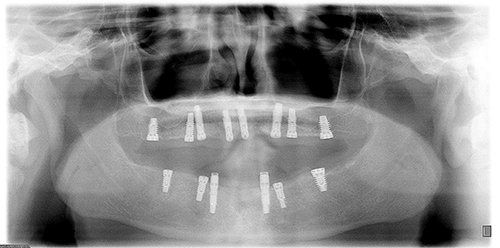
Edentulism is the loss of one or more teeth in adulthood, may be partial (affecting a few teeth) or total (loss of all teeth). The causes may be different: disease, accident, age, trauma ...And the consequences are equally varied, affecting different areas of our lives: Displacement of the preserved teeth: Thegap left by missing teeth causes the adjacent teeth tend to fill, moving from its original location; also the opposing toothcan grow in the vacuum space. In these cases, before you can place an implant will be necessary orthodontic treatmentso that when implementing the new tooth, can be the size of the original tooth. Chewing: Each tooth fulfills its mission in the process of chewing and digestive functions. Cut, chewing, tearing, crushing and grinding are among the most important tasks performed our teeth.
Based on these tasks missing teeth may be affected, causing discomfort and complications in the process of digestion. Before eating the food, the incisors cut it into smaller pieces so that later they can be crushed by the molars; if the food is especially fibrous, using canines premolars, help their desgarrándolos ready them for reduction to be ground into a susceptible mass be swallowed. Depending on the missing tooth chewingdifficulties will be one or the other, being able to condition our diet. Digestion and Nutrition: A deficit chewing generatepoor digestion, since food does not reach the digestive system in the conditions of optimum size and texture. Besides theinconvenience this may cause, poor digestion can hinder obtaining nutrients for the body. Overload of the remaining teeth: Lack of certain teeth causes the remaining tend to perform their functions, thereby supporting an overload that can make them more vulnerable to possible changes, and even shorten your life.
Speech: Proper phonation depends, amongother factors, the presence and position of teeth. Their lack can cause problems in the articulation of sounds, especially if those absent are the incisors; in that case, phonemes as 'v', 's', 'z' and 'f' shall act poorly. Progressive bone resorption: The lack of a tooth causes progressive reduction of bone tissue, which in advanced cases may preclude placement of a complete denture. This prosthesis can stop this progression. Transformation of the face: In the case of total edentulism, lack of lip support and pseudoprognatismo (misalignment between the maxilla and mandible) produce morphological changes in the face, giving it an aged look. An easy problem Since so many important consequences of tooth loss, we should not resign ourselves to not being able to enjoy a full life again. The market offers different solutions such asdentures or dental implants, which are adapted to each case. Come to Lorenzana & Dental Associates and make an appointment with Dr Lorenzana and the best rehabilitation team in America Latina with dental implants.
Implantes Dentales - Edentulismo - Calidad de vida

El edentulismo es la pérdida de uno o más dientes en la edad adulta, pudiendo ser parcial (afecta a unos pocos dientes) o total (pérdida de todos los dientes). Las causas pueden ser diversas: enfermedades, un accidente, la edad, traumatismos… Y las consecuencias son igualmente variadas, repercutiendo en diferentes áreas de nuestra vida:
Desplazamiento de los dientes conservados: El hueco que queda de los dientes perdidos hace que los dientes adyacentes tiendan a rellenarlo, desplazándose de su lugar original; también el diente antagonista puede llegar a crecer aprovechando el espacio vacío. En esos casos, antes de poder colocar un implante será necesario realizar un tratamiento de ortodoncia para que, al implantar el nuevo diente, pueda tener el tamaño del diente original.
Masticación: Cada diente cumple con su cometido en el proceso de masticación y en las funciones digestivas. Cortar, masticar, desgarrar, triturar y moler son algunas las tareas más importantes que realizan nuestros dientes. En función de los dientes perdidos estas tareas pueden verse afectadas, ocasionando molestias y complicaciones en el proceso de digestión. Antes de ingerir el alimento, los incisivos lo cortan en trozos más pequeños para que puedan ser molidos posteriormente por los molares; en caso de que el alimento sea especialmente fibroso, los caninos con ayuda de los premolares, ayudarán a su reducción desgarrándolos hasta dejarlos preparados para ser molidos y convertidos en una masa susceptible de ser deglutida. En función del diente faltante las dificultades en la masticación serán unas u otras, pudiendo llegar a condicionar nuestra dieta.
Digestión y nutrición: Una masticación deficitaria generará una mala digestión, puesto que los alimentos no llegarán al aparato digestivo en las condiciones de tamaño y textura óptimas. Además de las molestias que esto puede causar, una mala digestión puede dificultar la obtención de nutrientes para el organismo.
Sobrecarga de los dientes restantes: La falta de determinados dientes provoca que los restantes tiendan a ejercer su función, soportando así una sobrecarga que puede hacerlos más vulnerables a posibles alteraciones, e incluso acortar su vida útil.
El habla: Una correcta fonación depende, entre otros factores, de la presencia y posición de los dientes. Su falta puede ocasionar problemas en la articulación de los sonidos, especialmente si los ausentes son los incisivos; en ese caso, fonemas como ‘v’, ‘s’, ‘z’ y ‘f’ se pronunciarán de manera deficiente.
Reabsorción ósea progresiva: La falta de un diente provoca la disminución progresiva del tejido óseo, que en casos avanzados puede imposibilitar la colocación de una prótesis completa. Dicha prótesis permite frenar esta progresión.
Transformación del rostro: En el caso del edentulismo total, la falta de soporte labial y el pseudoprognatismo (desalineación entre el maxilar y la mandíbula) producen cambios morfológicos en el rostro, dándole un aspecto envejecido.
Un problema de fácil solución Siendo tantas y tan importantes las consecuencias de la pérdida de los dientes, no debemos resignarnos a no poder disfrutar de nuevo de una vida plena. El mercado ofrece diferentes soluciones, como prótesis removibles o implantes dentales, que se adaptan a cada caso. En Lorenzana & Dental Associates tenemos al mejor equipo en rehabilitación de implantes dentales. Llámenos y haga una cita hoy 1-8007830198 o escribanos clinica@lorenzanadds.com
Fuentes: Consecuencias del edentulismo Funciones de los dientes en la fonación Implantes
